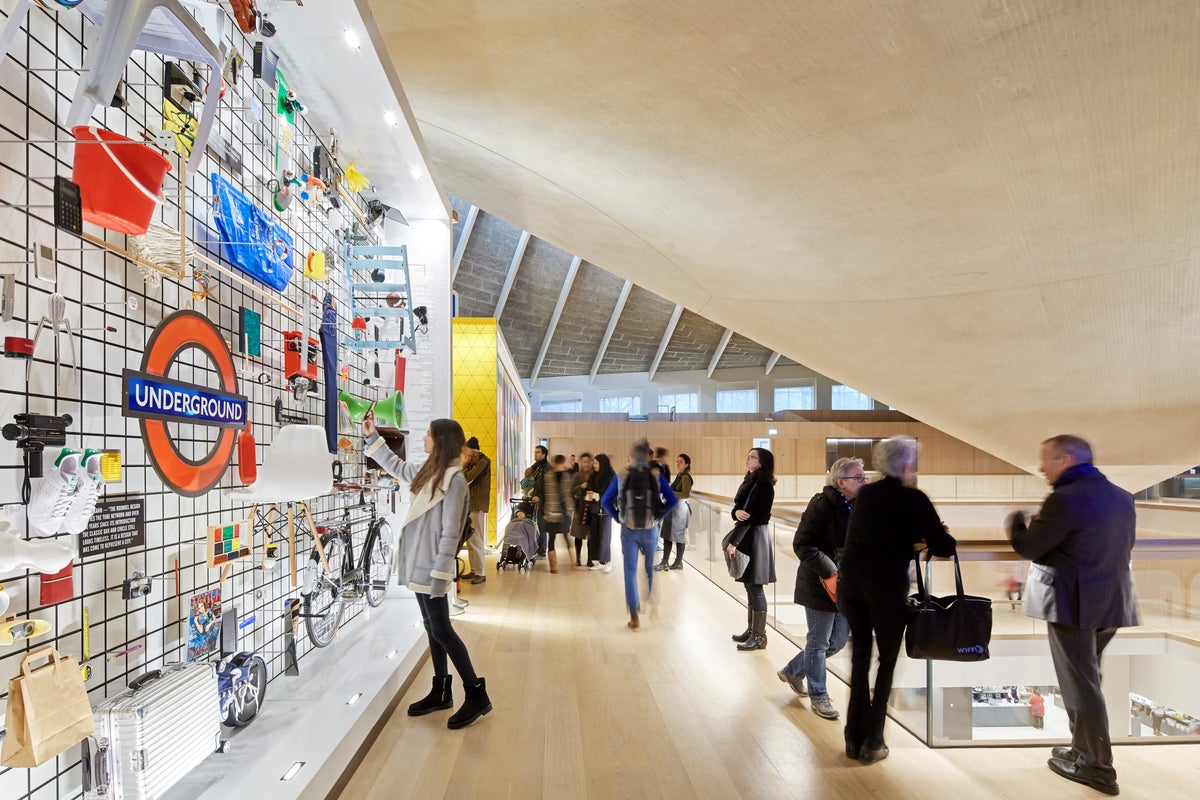Diversity in U.S. marketing industry increases but Black and Latinx representation still lag
The ANA's annual diversity report shows that 29.1% of marketing employees are diverse.

U.S. companies have made gains in increasing diversity inside their marketing departments but change is still slow to come, especially when it comes to Black, Hispanic and non-binary representation.
The progress—and shortfalls—are documented in the Association of National Advertisers’ fifth annual diversity report, which is produced with its Alliance for Inclusive and Multicultural Marketing (AIMM). This edition comes about two years after brands began making pledges towards racial justice, including announcing that they would diversify their supply chain to include small BIPOC-owned businesses and new hires, during and after the uprisings that followed the murder of George Floyd.
The report, which surveys marketers that are ANA members, such as Delta Airlines and Walgreens, shows that 29.1% of marketing employees are diverse, up from 26% when the report was first published in 2018. Also, chief marketing officers are overwhelmingly white, the report showed. Diversity in the position is measured at 14.6%, up slightly from 13.7% in 2021.
The survey of overall members includes responses from 32,623 people regarding gender identity and 29,194 people on ethnicity.
Despite increasing since 2021, Latinx and Black individuals continue to be underrepresented in relation to their group proportions in the overall U.S. population, the ANA reports.
Black employees make up 7.2% of the industry's workforce, an increase from 6.6% last year. However, that percentage is still below the 12.1% of the U.S. population that is Black. And while Latinx individuals now make up 10.9% of the workforce, a jump from last year’s 8.9%, Latinx people represent 18.7% of the total U.S. population.
Native American, Alaskan Native, Native Hawaiian, Pacific Islander and multiracial employees make up 3.2% of marketer employees.
Non-Hispanic white employees are decreasing but still comprise the majority, at 67.7% of the marketing workforce. Asian marketer employees—at 10.2% this year, down from 11.7% in 2021—over-index when compared to 5.9% Asian representation across the overall U.S. population.
When it comes to gender, female employees now make up 68.3% of marketing employees compared to men, who make up 31.6%. Non-binary employees make up just 0.1% of the ANA member workforce, according to the report.
The report includes a section summarizing what respondents say are the “challenges or unique pain points” in boosting diversity. Companies gave reasons such as location and an inability to meet financial compensation expectations as hindering their ability to hire diverse talent.

 ValVades
ValVades 































![Are You Still Optimizing for Rankings? AI Search May Not Care. [Webinar] via @sejournal, @hethr_campbell](https://www.searchenginejournal.com/wp-content/uploads/2025/06/1-1-307.png)
